Safe food preparation is a critical component of food safety, ensuring that food is handled, cooked, and stored in ways that prevent contamination and foodborne illnesses. Here are the key principles and practices of safe food preparation:
Personal Hygiene – Hand Washing: Wash hands thoroughly with soap and water before and after handling food, after using the restroom, and after touching any potentially contaminated surfaces.
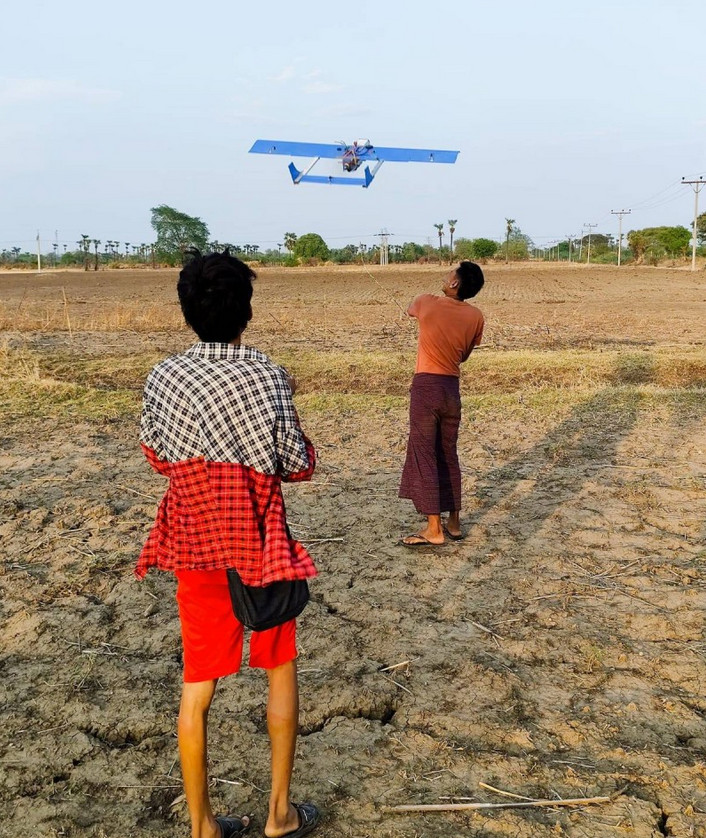
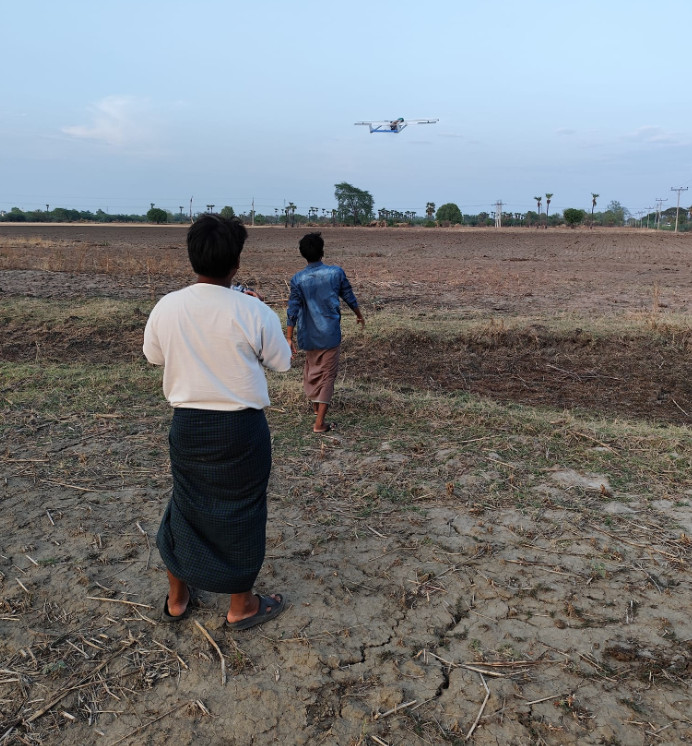
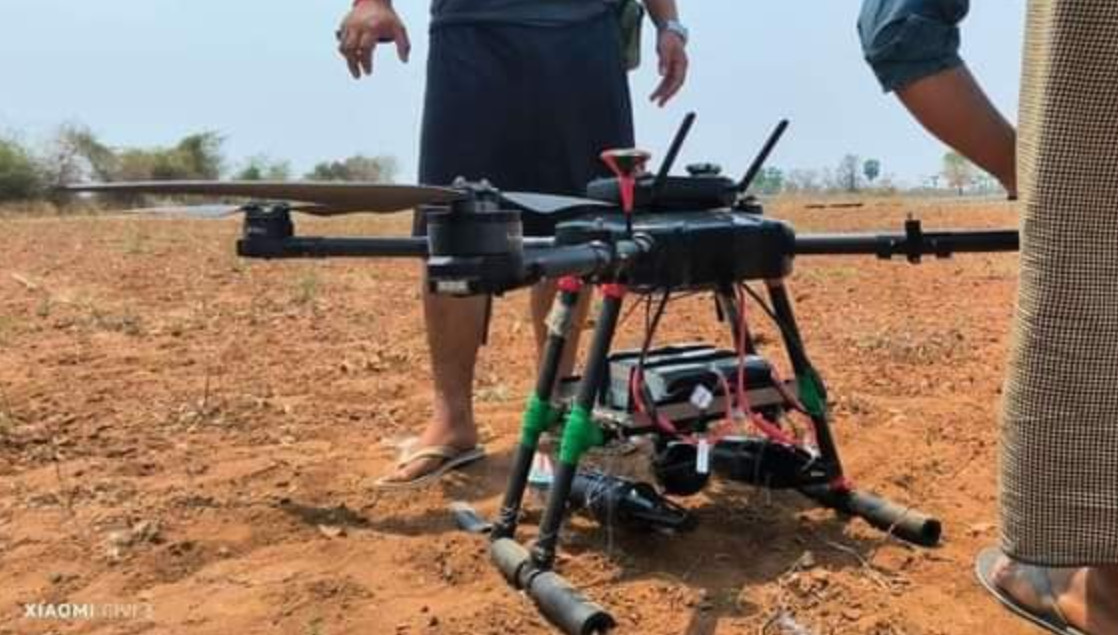


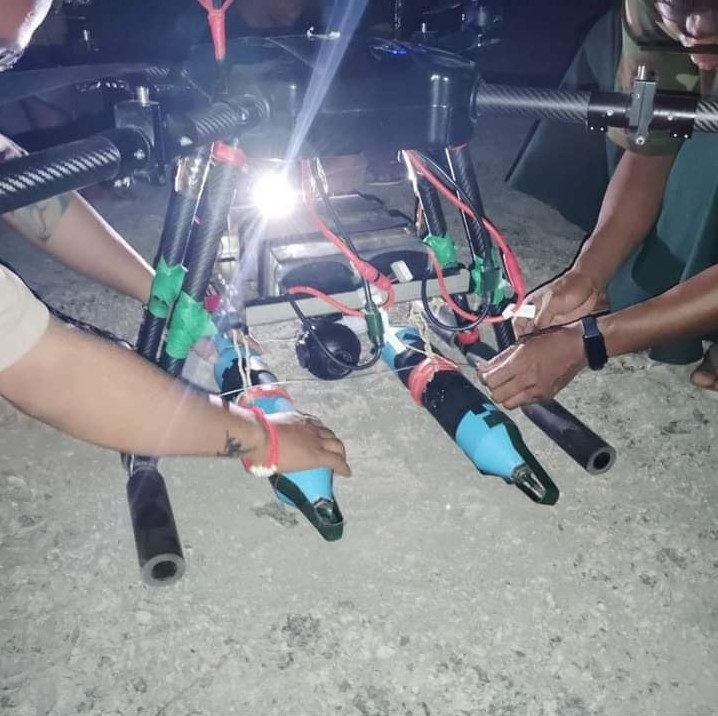
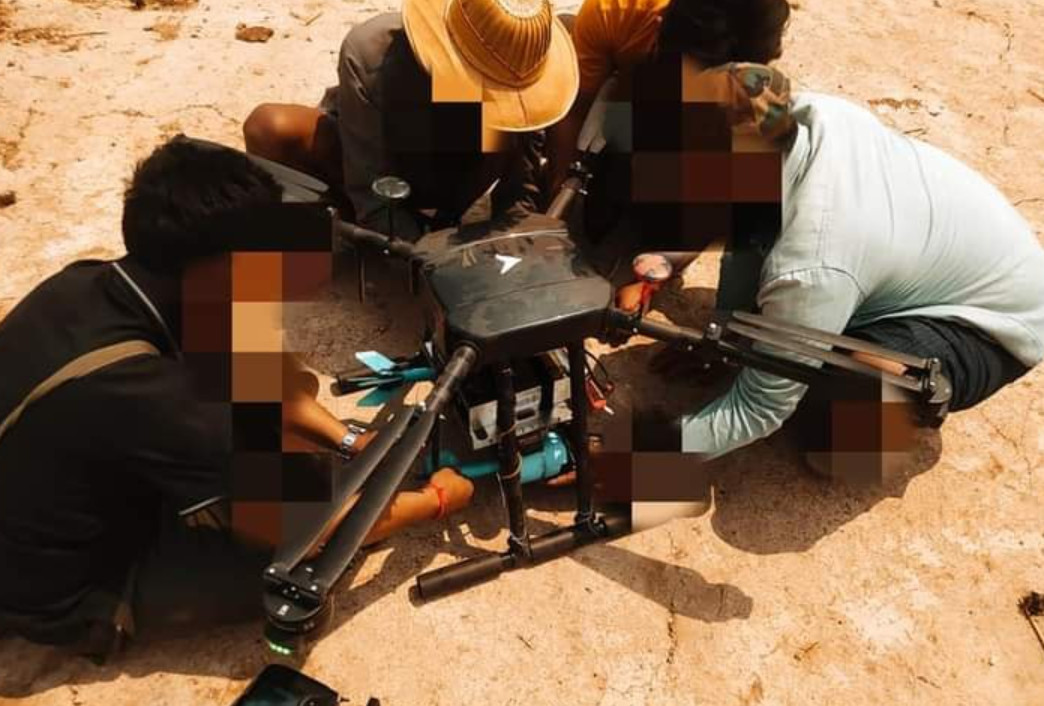

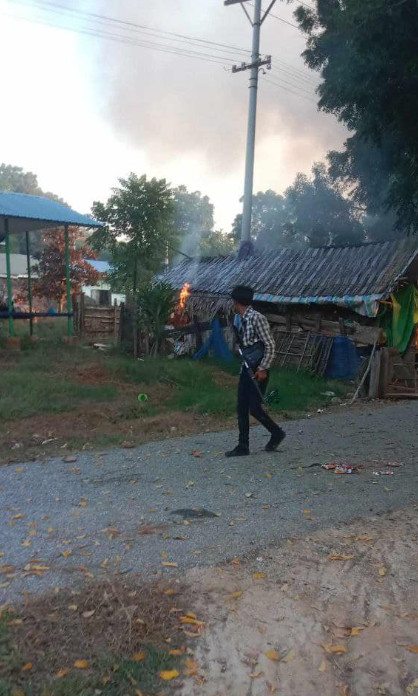
Clean Clothing: Wear clean clothing and aprons. Avoid wearing jewelry that can harbor bacteria or fall into food.
Gloves: Use disposable gloves when handling ready-to-eat foods, and change them frequently to prevent cross-contamination.
Kitchen Hygiene
Sanitizing Surfaces: Regularly clean and sanitize countertops, cutting boards, knives, and other utensils. Use separate cutting boards for raw meat and vegetables.
Pest Control: Implement measures to control pests, such as keeping food covered and storing it in sealed containers.
Safe Handling of Raw and Cooked Foods
Separate Raw and Cooked Foods: Keep raw meats, poultry, seafood, and their juices away from other foods, especially those that are ready to eat.
Proper Thawing: Thaw frozen foods in the refrigerator, in cold water, or in the microwave, not on the counter.
Temperature Control
Cooking Temperatures: Cook foods to their recommended internal temperatures to kill harmful bacteria. Use a food thermometer to check temperatures.
Poultry: 165°F (74°C)
Ground meats: 160°F (71°C)
Beef, pork, lamb, and veal (steaks, chops, roasts): 145°F (63°C) with a three-minute rest time
Fish: 145°F (63°C)
Hot Holding: Keep hot foods at 140°F (60°C) or above.
Cold Holding: Keep cold foods at 40°F (4°C) or below.
Proper Storage
Refrigeration: Store perishable foods in the refrigerator at or below 40°F (4°C). Use shallow containers to store food to ensure even cooling.
Freezing: Store frozen foods at 0°F (-18°C) or below.
FIFO Method: Use the First In, First Out method to rotate stock and use older items first.
Avoiding Cross-Contamination
Utensil Use: Use separate utensils and cutting boards for raw and cooked foods.
Cleaning Between Tasks: Clean and sanitize all equipment and surfaces after preparing raw foods and before starting a new task.
Safe Cooking Methods
Thorough Cooking: Ensure that foods are cooked evenly and thoroughly to the appropriate temperature.
Avoid Partial Cooking: Do not partially cook food to finish cooking later, as this can allow bacteria to survive and multiply.
Monitoring and Documentation
Temperature Logs: Keep records of cooking, holding, and storage temperatures.
Inspection and Audits: Conduct regular inspections and audits to ensure compliance with food safety standards.
Training and Education
Employee Training: Provide continuous training for employees on safe food handling practices and the importance of food safety.
Customer Awareness: Educate customers on safe food practices, such as the importance of cooking meats to the right temperature and proper food storage at home.
By adhering to these principles of safe food preparation, food handlers can significantly reduce the risk of foodborne illnesses and ensure that the food served is safe for consumption.

Leave a Reply